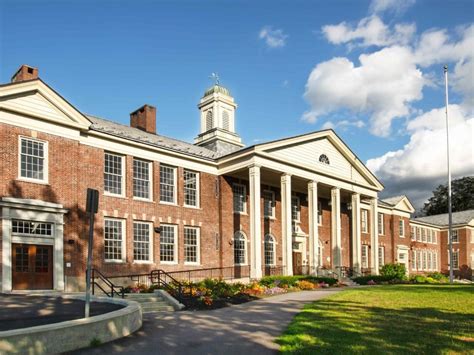Introduction

The choice between public and Catholic schools is a significant decision that many parents face. While both types of schools offer their own unique advantages and disadvantages, it’s crucial to understand the key differences to make the best decision for your child’s education. This article delves into a comprehensive comparison of public vs. Catholic schools, exploring their fundamental principles, academic performance, extracurricular activities, discipline, tuition costs, and other important factors.
Fundamental Principles
- Public Schools: Public schools are government-funded institutions that provide free education to all students. They are open to students of all religious and socioeconomic backgrounds.
- Catholic Schools: Catholic schools are private institutions affiliated with the Catholic Church. They typically offer instruction based on Catholic religious teachings and values.
Academic Performance
- Standardized Testing: According to the National Center for Educational Statistics, Catholic school students generally perform better on standardized tests than their public school counterparts. In 2020, for instance, Catholic school students outperformed public school students in math and reading on the National Assessment of Educational Progress (NAEP).
- Graduation Rates: Catholic school students also tend to have higher graduation rates than public school students. In 2018, the graduation rate for Catholic high school students was 97.1%, compared to 84.1% for public school students.
Extracurricular Activities
- Variety of Offerings: Both public and Catholic schools offer a wide range of extracurricular activities, including sports, clubs, and music programs. However, the specific activities available may vary from school to school.
- Athletics: Public schools often have larger athletic programs with more resources and competitive teams. Catholic schools, on the other hand, may emphasize intramural sports and recreational activities.
Discipline
- Expectations: Discipline expectations vary among schools, but Catholic schools generally have stricter discipline policies. They may require students to wear uniforms, adhere to a dress code, and attend religious services.
- Consequences: Public schools typically follow district-wide discipline policies, while Catholic schools have their own disciplinary systems. Consequences for misbehavior can include detention, suspension, or expulsion.
Tuition Costs
- Public Schools: Public schools are tuition-free for all students. However, some public schools may charge fees for extracurricular activities or other expenses.
- Catholic Schools: Catholic schools are typically more expensive than public schools, with tuition costs varying widely depending on the school and location. Some families may be eligible for financial aid or scholarships.
Other Factors
- Religious Education: Catholic schools offer religious education as a core part of their curriculum, while public schools do not.
- School Size: Catholic schools tend to be smaller than public schools, providing a more intimate learning environment.
- Location: The availability of public and Catholic schools varies depending on location. Rural areas may have fewer school options than urban areas.
Table Comparisons
| Feature | Public Schools | Catholic Schools |
|---|---|---|
| Funding | Government-funded | Private, typically tuition-based |
| Religion | Open to all | Catholic religious instruction |
| Academics | Similar to public schools, higher test scores in some areas | Strong academic performance, high graduation rates |
| Extracurriculars | Wide range of offerings | Varies depending on school |
| Discipline | District-wide policies | Stricter policies, uniforms, religious services |
| Tuition | Free | Tuition-based, varies by school |
| Size | Typically larger | Typically smaller |
| Location | Varies depending on location | Varies depending on location |
| Feature | Advantage | Disadvantage |
|---|---|---|
| Public Schools | Free education | May have larger class sizes |
| Catholic Schools | Higher academic performance | Tuition costs |
Pros and Cons
Public Schools
- Pros: Free education, open to all, wide range of extracurricular activities.
- Cons: May have larger class sizes, less academic support than private schools.
Catholic Schools
- Pros: Higher academic performance, smaller class sizes, strong discipline.
- Cons: Tuition costs, religious orientation, may not be available in all areas.
Conclusion
The decision between public and Catholic schools is a personal one that depends on the needs and values of each family. Public schools offer free education and a wide range of opportunities, while Catholic schools provide a faith-based education with strong academic performance and discipline. By carefully considering the factors discussed in this article, parents can make an informed choice that best supports their child’s educational and developmental goals.
